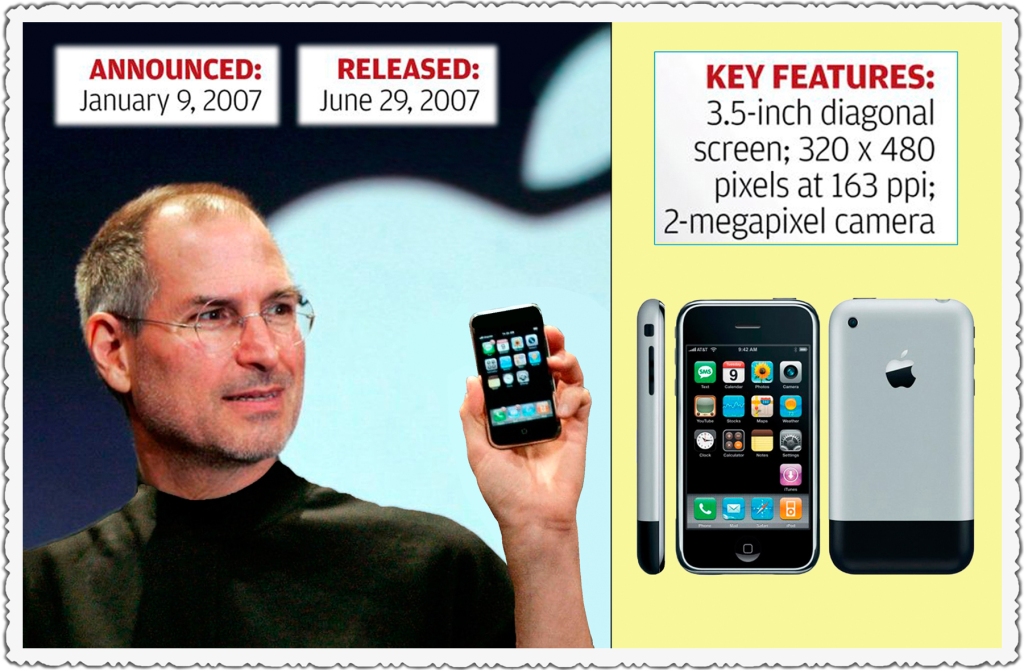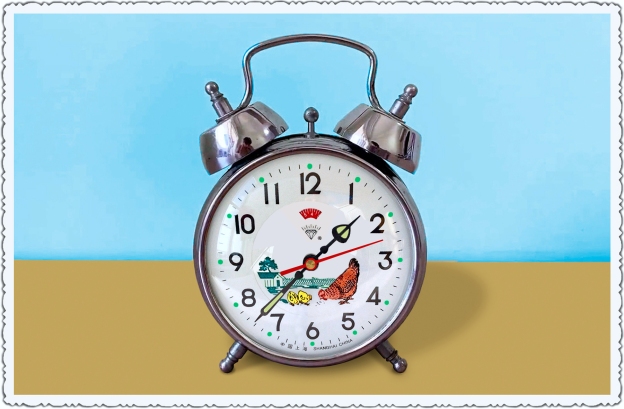
In Chinese folklore, a total eclipse of the moon was described as “天狗食月,” where a mythical heavenly canine appeared to devour the moon.
I had at least one personal encounter with this phenomenon in my childhood. “Moonstruck” villagers rushed to grab pots, pans, and other metallic vessels, beating on them to create a cacophony, to scare away the misbehaving doggie. For the kids, it was yet another great fun opportunity.
After about 10 minutes or so, the moon would re-emerge gradually from Earth’s shadow, restoring brightness to the night sky. With a sense of accomplishment, we surveyed the collateral damage: half-a-dozen pots and pans with a dozen dents each. ‘Souvenirs of our celestial battle’ – you may call it.
Alas, against the backdrop of our modern hectic urban lifestyle, our kids probably only know “My Dog Ate My Homework”. LOLX.




















































































































































